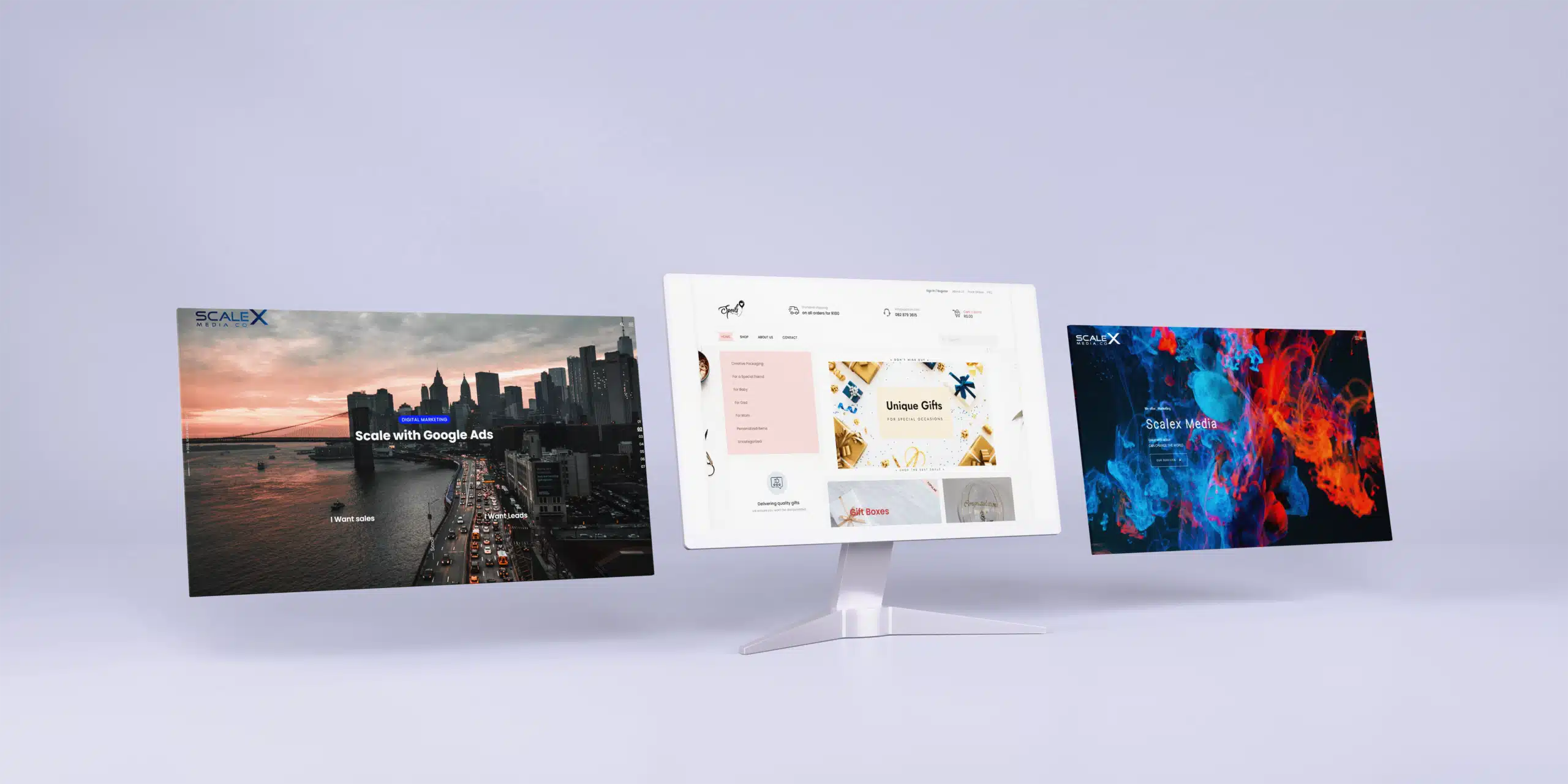
Web Design: The Key to a Great User Experience
Web design is more than just making a website look pretty. It’s about creating an enjoyable and efficient experience for the user. A great web design should be visually appealing, easy to navigate, and should align with the user’s needs and goals. One of the most important aspects of web design is user experience (UX). This is the process of designing and developing a website that is intuitive and easy to use for visitors.
The user interface (UI) is another important aspect of web design. UI is the way in which the website’s layout, buttons, and other interactive elements are designed. The UI should be visually pleasing and easy to understand, so users can find what they are looking for quickly and easily.
Responsive design is also a crucial aspect of web design. With so many people using different devices to access the internet, it’s important that a website looks and functions well on all devices. This means that the layout, images, and other elements should adjust to the size of the screen they are being viewed on.
CSS, HTML, and JavaScript are the building blocks of web design. These languages allow designers and developers to create and manipulate the layout, style, and functionality of a website. Graphic design, layout, and typography are also important aspects of web design and contribute to the overall look and feel of a website.
Wireframing and prototyping are techniques used in the early stages of web design. Wireframes are basic sketches of the website layout, while prototypes are interactive versions of the website that allow designers and developers to test the user experience.
Cross-browser compatibility is another important aspect of web design. This means that a website should look and function well on all popular browsers, such as Chrome, Firefox, and Safari.
SEO and CMS are also important aspects of web design. SEO, or search engine optimization, is the process of making a website more visible to search engines. This can be achieved by using keywords, meta tags, and other techniques. CMS, or content management system, is a tool that allows users to easily update and manage a website’s content.
In conclusion, web design is a complex process that involves many different aspects, including user experience, user interface, responsive design, CSS, HTML, JavaScript, graphic design, layout, prototyping, wireframing, cross-browser compatibility, SEO, CMS, and more. By understanding these concepts and implementing them in the design process, a web designer can create a website that is not only visually appealing but also easy to use and navigate for visitors.
Stay Creative!

Leave a Reply